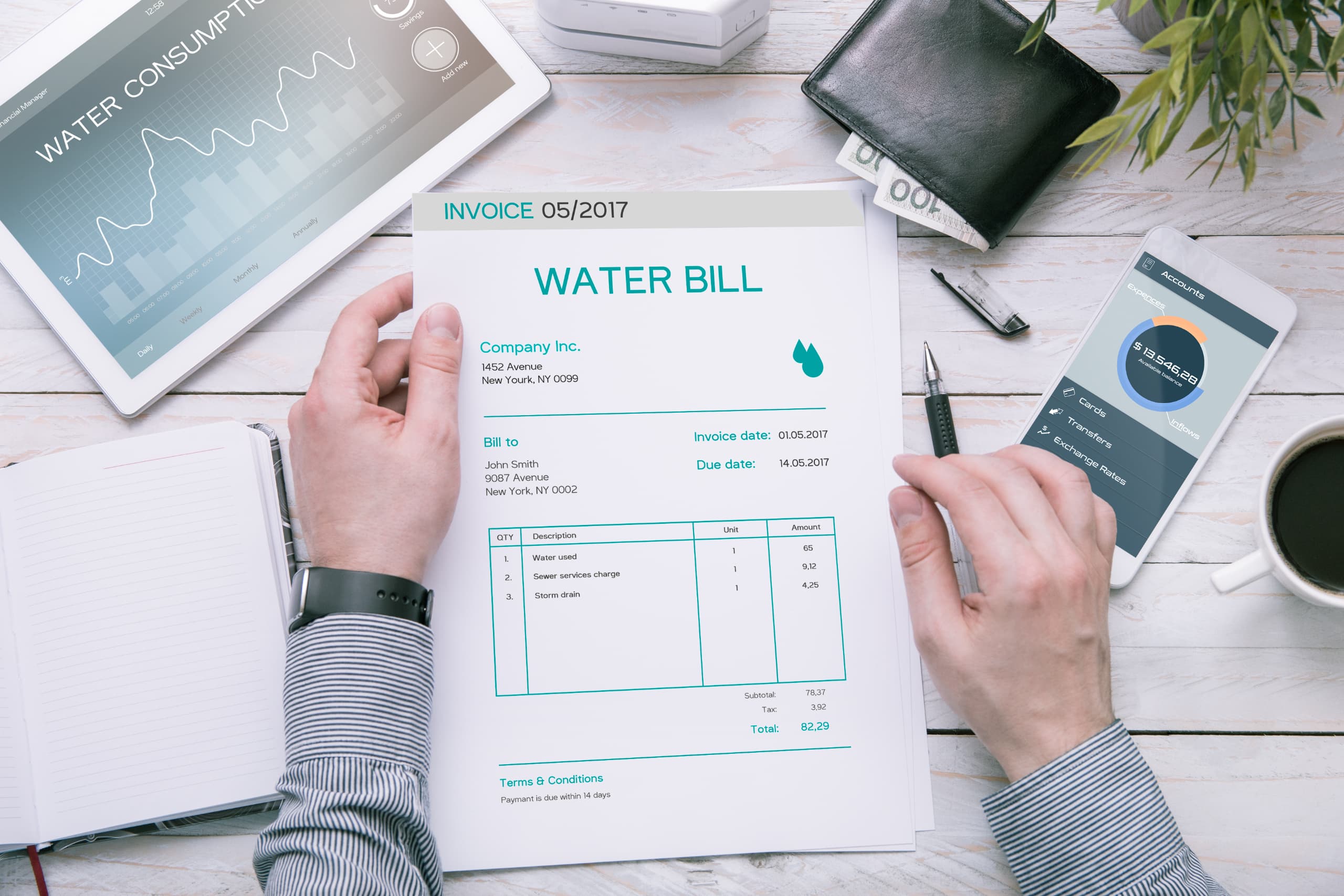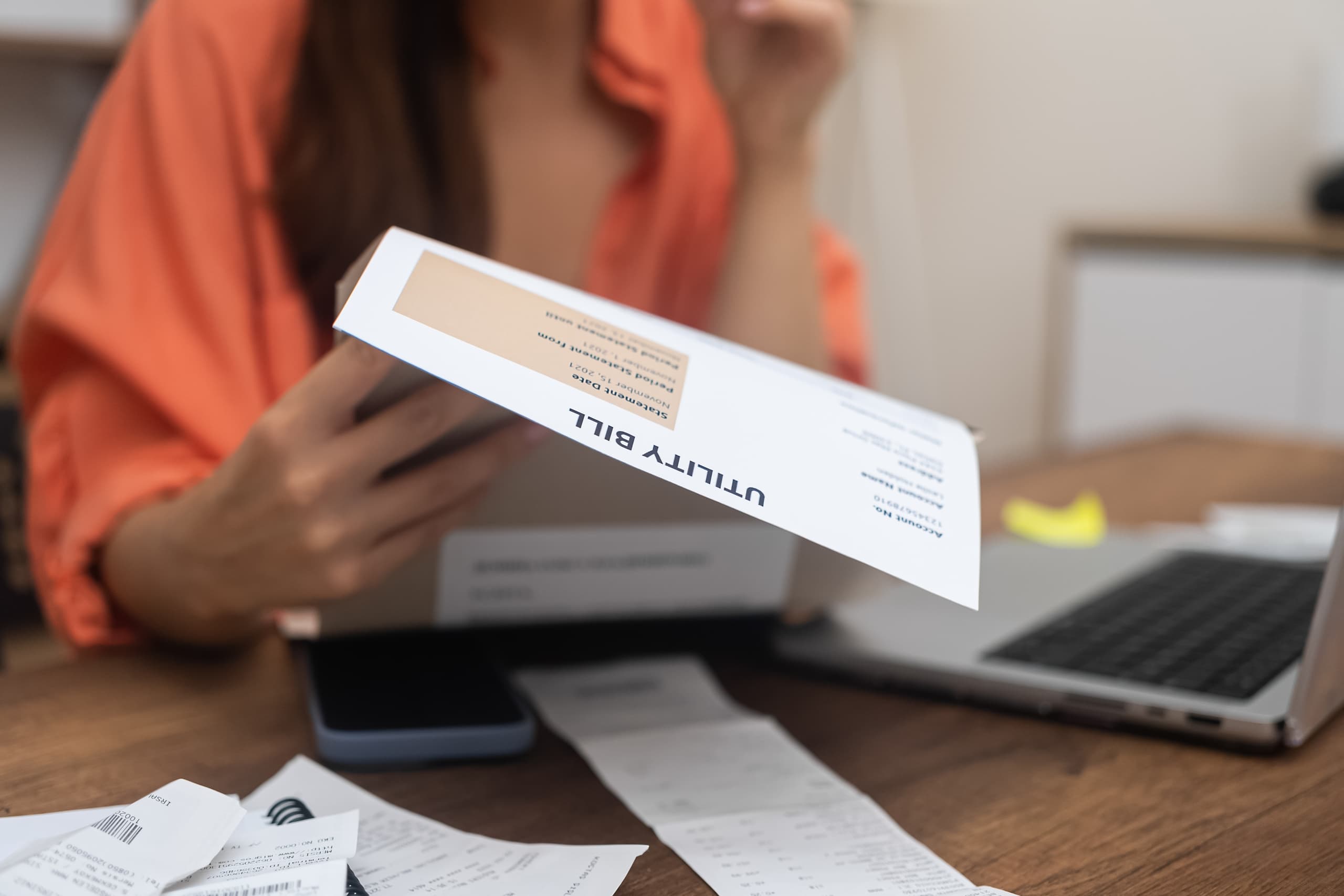What to do if you’re being charged for drainage you don’t use
You may have spotted that your water bill includes charges for surface water drainage. It’s a term that refers to the removal of rainwater from roofs, car parks, and paved areas that run into the public sewer. However, you may suspect that you’re being billed for drainage that your property doesn’t actually use (which is not an unusual scenario). For example if the rainwater on your site drains into the ground or a soakaway, or if it flows directly into a nearby watercourse, you might not be liable for these charges – which means that you might be spending more on your business water than strictly necessary. If you suspect that might be the case, it helps to know how to check your bills, gather evidence, and approach your retailer so that you’re only paying for services that your site genuinely needs.
Here at The Business Water Shop, we have a solid track record of helping UK businesses all across the country optimise costs on their business water bills – and if necessary, even helping them to switch business water suppliers for better prices or service. So, you can trust us to know what to look out for – here’s what you need to know!

How you can check if your drainage charges are accurate
At a glance:
- Check your water bill for drainage charges such as surface water drainage or highway drainage
- Assess where rainwater from your site actually goes
- Compare the arrangements you find with what’s listed on your bill
In more detail:
So, your first step will naturally be to look closely at your water bill. Drainage charges often appear under headings like surface water drainage or highway drainage. These are separate from charges for the clean water you use and the wastewater you produce inside your premises, which often makes it relatively easy to see whether you’re being charged for surface water drainage, and how much that element contributes to your overall costs if you examine your bill in detail. This can be a significant figure, that adds up over time.
Following this, the next step will be to establish how rainwater leaves your property. Once you’ve confirmed the flow you can start matching it against your charges. There are a couple of ways to establish where the water goes – you can do it by checking the site after rainfall, asking your facilities team for information, or reviewing the drainage plans for your property. If you find that water drains into the ground through a soakaway or flows directly into a watercourse, then your site might not be using the public sewer for drainage. Once you’re certain of the arrangements, you can compare them against the charges on your bill.
What to do if you think you’re being overcharged
So, if your checks suggest that you’re paying for drainage services that your business doesn’t use, you’ll want to record your findings and raise the situation with your supplier. Here’s the best sequence of steps to follow. First off…
Collect your evidence
You can make your case much easier to verify with a clear set of photographs that show how your site drains. Try and capture soakaways, natural drainage routes, or other visible features that demonstrate that rainwater isn’t entering the sewer system. It’s even more effective if you can take these images after rainfall to show the natural flow of water. If you can, supplement your photos with site plans, maintenance records, or surveys that confirm your drainage arrangements. If you’re able to combine visual and documentary evidence, you’ll likely to have a more solid foundation for your claim.
Contact your water retailer
Once you’ve gathered your evidence, the next step involves approaching your water retailer directly. (Your water retailer is distinct from your water wholesaler, as we’ve detailed before.)
You’ll need to provide your retailer with your account number, the relevant bill details, and the supporting information you’ve collected. Explain clearly why you believe the drainage charges aren’t appropriate for your property. Retailers have formal processes for reviewing these types of claims, so yours might request further evidence, or arrange a site inspection. If the inspection or review confirms that your property doesn’t use the public sewer for surface water drainage, your retailer can then remove the charge from your bill and, in some cases, apply a refund for overpayments.
Keep records of your case
Throughout the process, it’s always a good idea to keep a full record of your actions and correspondence. Save copies of your emails, letters, and any responses from your retailer, and if you have phone calls, take care to make a note of the time, date, and who you spoke with. This record will help you track the progress of your claim, and provide proof that you’ve acted responsibly at every stage. Should you need to escalate your case further, these records will form an important part of your evidence trail.
How to challenge drainage charges with evidence
At a glance:
Take clear photographs that show how your site drains
Support your claim with maps, surveys, or drainage records
Keep track of all responses and requests from your retailer
In more detail:
Evidence plays a key role when you’re challenging drainage charges. You can make your case much easier to verify with a clear set of photographs that show how your site drains. If your property has a soakaway, make sure you show its location and condition. If water drains into a ditch, culvert, or watercourse, capture this in your images. It’s helpful to take photos after rainfall to demonstrate the flow of water in real conditions. Maps, surveys, or drawings of your drainage system are also valuable additions.
After submitting your evidence, keep track of your retailer’s response. They might ask for more information or arrange for someone to visit your site to inspect the drainage arrangements. It’s useful to keep a record of all correspondence, including emails and letters, so that you have a complete history of the process. If your claim is successful, your retailer should adjust your bill to remove the unnecessary charges. You may find this can significantly reduce your costs, and help you ensure that your business only pays for the services it genuinely uses.
Who to contact if the issue isn’t resolved
It can be frustrating if your retailer rejects your claim and you still believe you’re being overcharged, but the good news is that there are ways that you can take the matter further. Your next step is to raise the issue with the Consumer Council for Water, an independent body that represents customers in the water industry. They can review your case, look at the evidence, and provide guidance on whether the charges are justified. They can also take up the issue with your retailer on your behalf, giving your claim additional weight.
In rare situations where the dispute can’t be resolved through your retailer or the Consumer Council for Water, you can also choose to pursue the matter through other regulatory channels or independent dispute resolution services. While this is less common, it provides an avenue for making sure your concerns are properly addressed. Again, you can make life a lot easier for yourself in the long run by keeping detailed records throughout the process, as these will strengthen your case and show that you’ve acted reasonably in seeking to resolve the issue.
Of course, you may simply decide that you’ve not got the time, energy or will to pursue the issue to such length – in which case, it may be simpler and more effective to simply switch your business water supplier. If so, that’s exactly where we can help here at The Business Water Shop. Our network of trusted suppliers encompasses the whole of the UK, which makes us the perfect option to get you the most competitive water quotes for your business. We’ve even been able to save some customers up to 55% on their water bills, and you can count on us to use all our resources and industry expertise to get you the best deal.
It only takes a few minutes to get your online quote – so if you’re thinking about moving to switch business water suppliers, there’s never been a better time to do it!



 Excellent 5* Rating
Excellent 5* Rating



